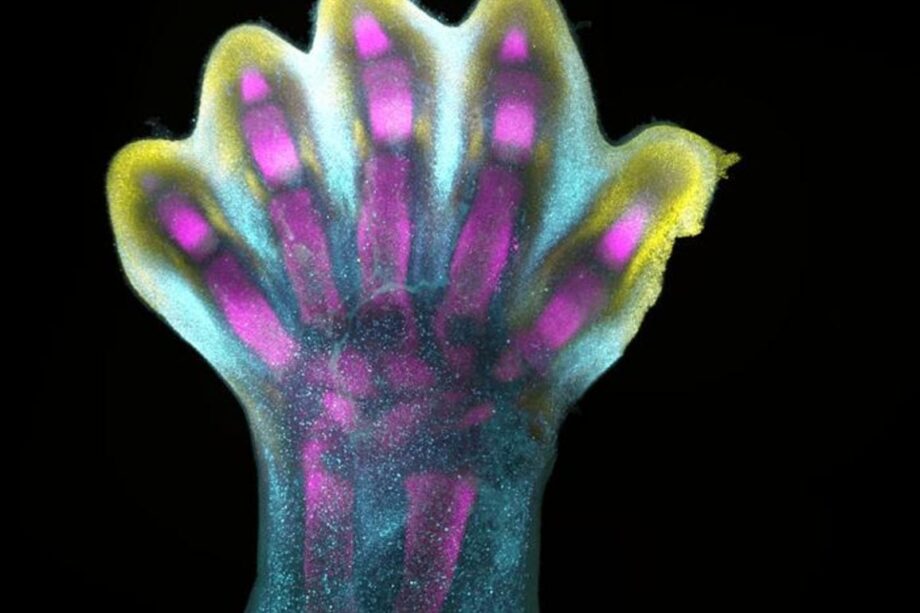Assessing functional issues is crucial in neurorehabilitation to determine optimal treatments. The challenge lies in distinguishing between impaired and non-impaired limb behavior, especially with conditions like spasticity. Quantifying spasticity objectively is complex due to the nature of motor control. To address the lack of diverse patient samples hindering data collection, we utilized Blender and the MBLab add-on to create synthetic human body models. These models, representative of real human samples, were exported to OpenSim for analysis. By simulating six degrees of spasticity from the Modified Ashworth Scale through four upper limb movements, we obtained a comprehensive open-source dataset for future research. This innovative approach highlights the potential of synthetic data in testing and validating musculoskeletal models.
Source ResearchGate

